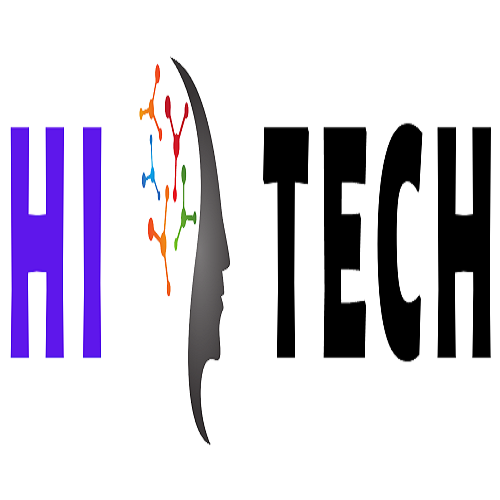Introduction:
Facial recognition
technology has become a ubiquitous aspect of modern life. From unlocking our
smartphones to tracking our movements in public spaces, facial recognition is
being used more and more frequently to identify individuals and monitor their
activities.
At its core, facial
recognition technology is a type of biometric system that uses algorithms to
analyze and identify unique features of an individual's face. These features
can include things like the distance between the eyes, the shape of the nose
and mouth, and the overall structure of the face. By comparing these features
to a database of known faces, facial recognition software can quickly and
accurately identify individuals.
History:
In recent years, facial
recognition has also become more prevalent in the commercial sector. Retailers,
for example, are using the technology to identify repeat customers and offer
personalized shopping experiences. Airlines are using facial recognition to
speed up the check-in process, while hotels are using it to enhance guest
security and improve the check-in process.
Benefits:
Despite its many
benefits, however, facial recognition technology is not without its
controversies. One of the main concerns is privacy. Many people are
uncomfortable with the idea of their faces being scanned and stored in
databases without their knowledge or consent. There is also concern that the
technology could be used to track individuals' movements and activities without
their knowledge or consent.
Primary Use:
One of the primary uses
of facial recognition technology is in security and law enforcement. For
example, facial recognition can be used to identify suspects in criminal
investigations or to monitor crowds at large events for potential threats. It
can also be used to control access to secure areas, such as government
buildings or corporate headquarters.
Accuracy of
Technology:
Another concern is the
accuracy of the technology. While facial recognition software has come a long
way in recent years, it is still far from perfect. The software can struggle to
accurately identify people with darker skin tones, for example, and can also be
fooled by changes in facial hair, makeup, or other cosmetic alterations.
There are also concerns
about the potential for facial recognition technology to be used for nefarious
purposes. For example, the technology could be used by authoritarian regimes to
monitor and control their citizens. It could also be used by hackers or other
malicious actors to gain access to secure areas or steal sensitive information.
Development:
To address these
concerns, many governments and organizations are working to develop regulations
and guidelines around the use of facial recognition technology. Some cities,
for example, have banned the use of the technology by law enforcement or
required that it only be used in certain circumstances. Similarly, some tech
companies have pledged not to sell their facial recognition software to law
enforcement agencies.
Division of Facial
Recognition Technology:
Facial recognition technology
can be divided into two main categories: 2D and 3D. 2D facial recognition
relies on a two-dimensional image of a person's face, while 3D facial
recognition uses depth information to create a 3D model of the face. 3D facial
recognition is generally considered to be more accurate than 2D, as it is less
prone to errors caused by changes in lighting or facial expressions.
Challenges:
One of the biggest
challenges facing facial recognition technology is the issue of bias. Many
facial recognition algorithms are trained on datasets that are overwhelmingly
composed of white, male faces. This means that the technology can struggle to
accurately identify people of color or women, as the algorithm has not been
trained on enough diverse faces. To address this issue, researchers are working
to develop more diverse datasets and algorithms that are more robust to
variations in skin tone and other physical features.
Uses:
One of the most
controversial uses of facial recognition technology is in law enforcement.
Police departments around the world are increasingly using facial recognition
to identify suspects and track individuals. However, there is concern that the
technology is being used in a way that violates people's civil liberties,
particularly in cases where it is used without a warrant or in combination with
other surveillance technologies.
Facial recognition
technology is also being used in the workplace, particularly in industries such
as retail and hospitality. Some companies are using facial recognition to monitor
employee attendance, while others are using it to analyze customer behavior and
preferences.
Limitation:
Facial recognition
technology is not just limited to identifying individual faces. It can also be
used to analyze people's emotions, age, gender, and other demographic
information. This information can be used for a variety of purposes, from
advertising to personalized healthcare.
Impact of
Facial Recognition Technology:
In addition to its
potential for privacy violations and bias, facial recognition technology also
raises questions about its impact on human relationships. Some experts argue
that facial recognition could erode our sense of community and trust, as we
become more reliant on technology to identify and interact with each other.
Overall, facial
recognition technology is a complex and rapidly evolving field with many
potential applications and challenges. As the technology continues to advance,
it will be important for governments, organizations, and individuals to work
together to ensure that it is used in a way that benefits society while
minimizing the risks of privacy violations and bias.
Conclusion:
In conclusion, facial
recognition technology is a powerful tool that has the potential to
revolutionize many aspects of modern life. However, it is also a technology
that must be used responsibly and with careful consideration for privacy and
security concerns. As the technology continues to evolve and become more
widespread, it will be important for governments, organizations, and individuals
to work together to ensure that it is used in a way that benefits society as a
whole.








0 Comments